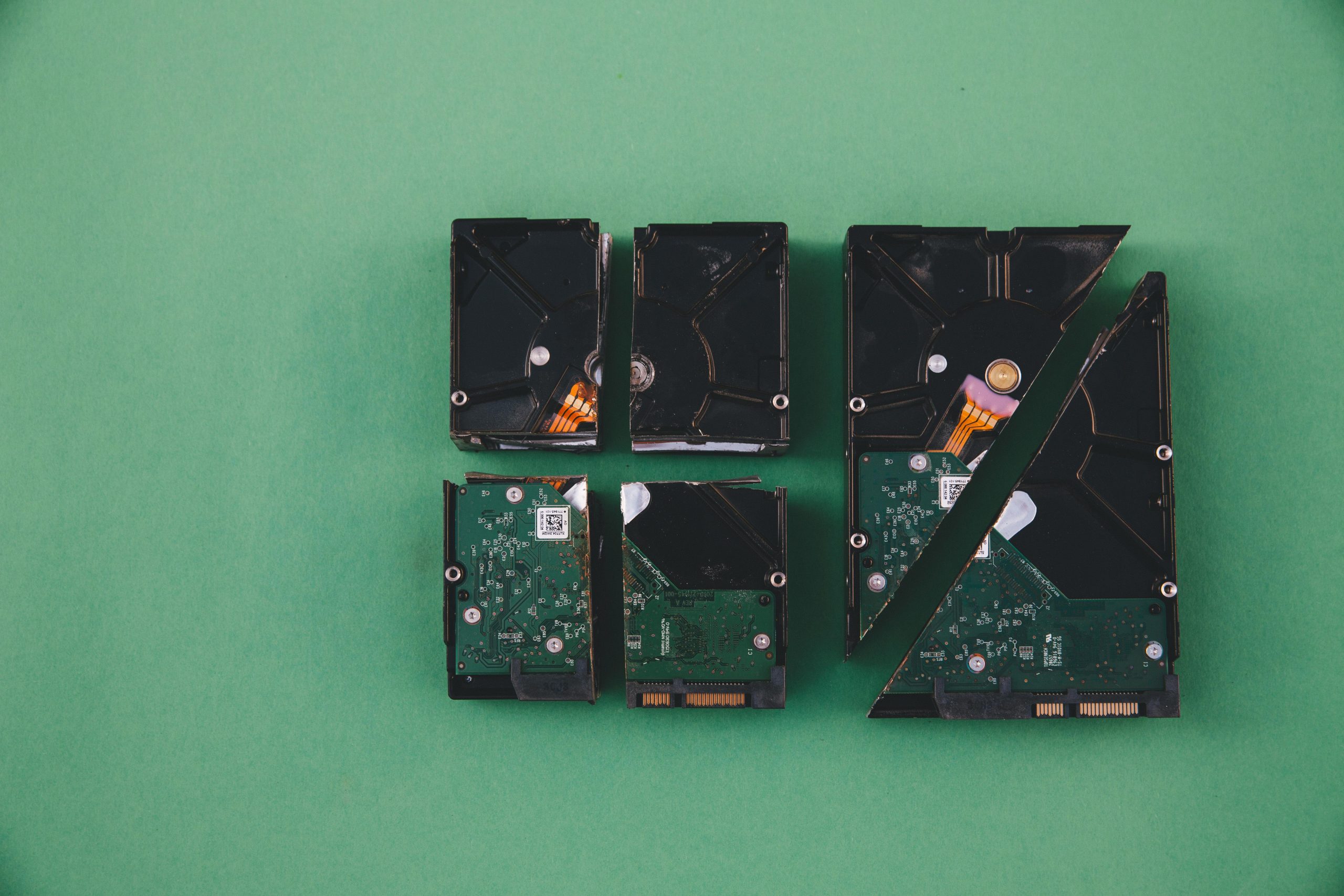Tips for Freeing Up Space on Your Windows SSD
Is your Windows installation taking up an excessive amount of space on your SSD? If you’re finding that your 120GB drive is almost fully utilized, you’re not alone. Many users experience this issue, especially on older hardware. In this article, we’ll explore strategies to reclaim valuable storage without risking the loss of essential files.
Understanding Your Storage Usage
Firstly, it’s helpful to understand what’s consuming so much space on your SSD. While a standard Windows installation typically doesn’t occupy more than 20GB to 30GB, there are several factors that can lead to bloated size:
-
System Restore Points: Windows creates restore points to help you recover from issues. However, these can accumulate and take up a significant amount of space over time.
-
Temporary Files: Programs, updates, and web browsers often leave behind temporary files that can clutter your storage.
-
Large Applications and Games: Sometimes, installed applications can be unexpectedly large, particularly games or design software.
-
Windows Updates: Cumulative updates and upgrade files can contribute to unnecessary bulk.
How to Efficiently Reduce Storage Consumption
Here are some effective strategies to help you manage and reduce the size of your Windows folder, freeing up space without compromising essential system functionalities:
-
Disk Cleanup Tool: Use the built-in Disk Cleanup utility. Search for “Disk Cleanup” in the Start menu, select your main drive, and let it analyze which files can be deleted, such as temporary internet files, system error memory dump files, and previous Windows installations.
-
External Storage for Large Files: Consider offloading larger files such as videos, photos, or other media to an external hard drive or cloud storage. This can significantly free up space on your SSD.
-
Review Installed Programs: Take a closer look at the applications you’ve installed. Uninstall any programs that you no longer use. Navigate to Settings > Apps > Apps & features to see what you can remove.
-
Adjust System Restore Settings: If you don’t require as many restore points, you can reduce the disk space allocated for system restores. Go to Control Panel > System and Security > System > System Protection, and adjust the settings for your designated drive.
-
Storage Sense: Windows 10 and 11 have a feature called Storage Sense that automatically deletes unnecessary files. To enable it, go to Settings > System > Storage.
6
Share this content:




Thank you for reaching out. If your Windows folder is over 71GB, there are several effective methods to free up space and improve your system’s storage management:
Implementing these